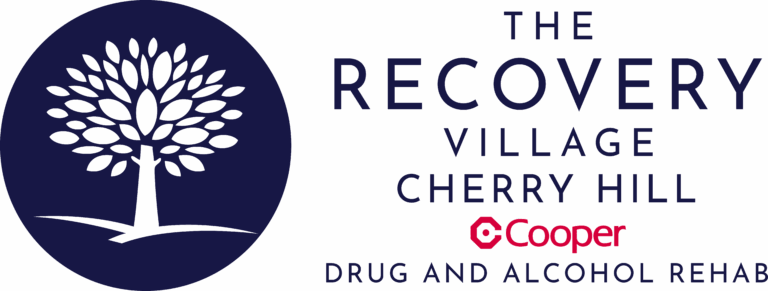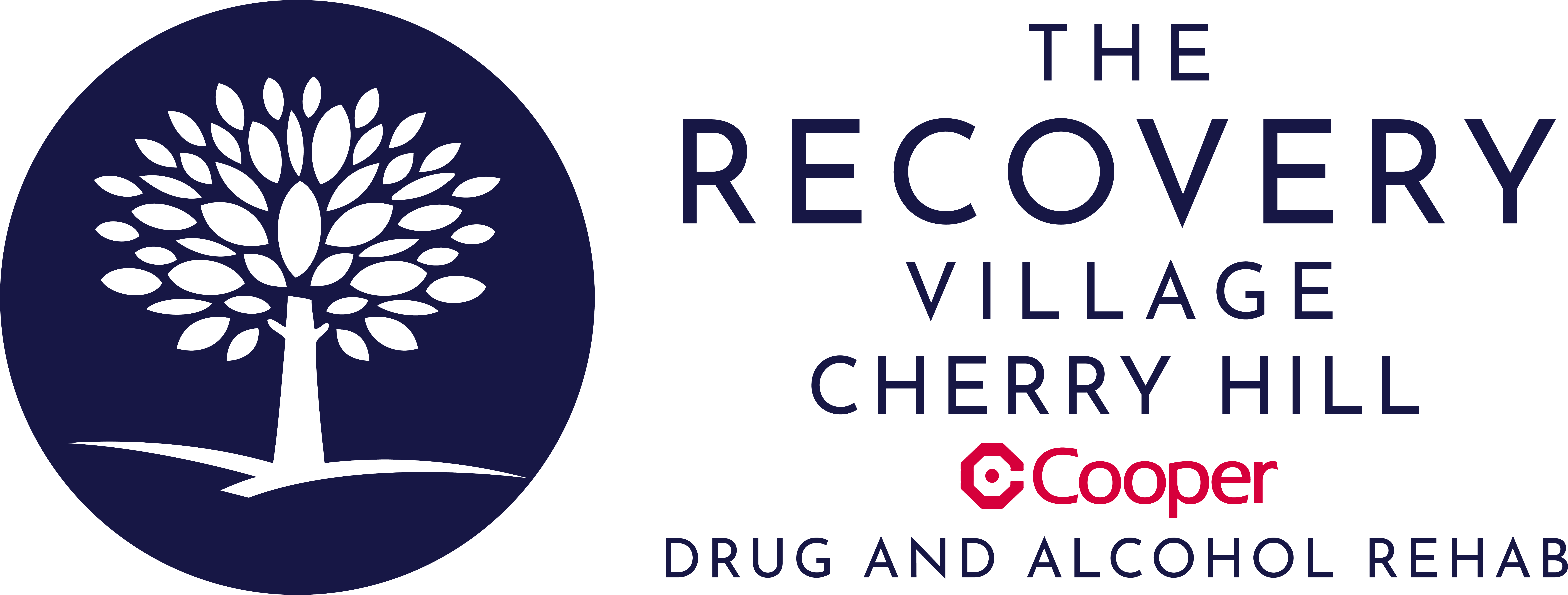Oxycodone can take up to an hour to kick in, but it can take days to leave your system fully.
If you or a loved one takes oxycodone, you may wonder how long the medication takes to work and how long it stays in your body. As an opioid narcotic, oxycodone is a powerful pain reliever that can kick in quickly. However, the drug can take hours, if not days, to leave your system completely. For this reason, it’s important to be aware of how oxycodone works in your body.
What Is Oxycodone?
Oxycodone is an opioid pain-relieving drug prescribed to treat severe pain. The drug is a Schedule II controlled substance, which means it carries a high risk of abuse, addiction and dependence. As a result, doctors try to prescribe the lowest dose of oxycodone for the shortest possible time.
The drug comes in both short and long-acting dosage forms. Short-acting oxycodone is sold under brand names like Roxicodone and combined with acetaminophen in drugs like Percocet. In contrast, long-acting oxycodone is sold under brand names like OxyCONTIN and Xtampza ER.
Besides the risk of addiction, oxycodone carries the risk of side effects like:
Recovery Can Be Life Changing
Whether you or a loved one is struggling with addiction, our expert team is here to guide you every step of the way. Don’t wait— reach out today to take the first step toward taking control of your life.
“My life has became something that I’m proud of and something I can be grateful for.“
– Joseph McDermott, The Recovery Village Cherry Hill Alumni
- Constipation
- Nausea and vomiting
- Sedation
- Dizziness
- Lightheadedness
- Itchy skin
- Headache
- Insomnia
- Dry mouth
- Sweating
- Weakness
How Does Oxycodone Work?
As an opioid, oxycodone works on the opioid receptors of the brain and central nervous system to ease your perception of pain. The drug affects multiple neurotransmitters, but experts aren’t exactly sure how they work together to get a pain-relieving effect.
Short-acting oxycodone takes about 10 to 15 minutes to kick in, with peak effect one hour after use. Long-acting oxycodone takes about an hour to kick in and achieves its peak effect during that time as well.
Factors Affecting Oxycodone’s Half-Life
A drug’s half-life refers to how long it takes your body to remove half of a single dose from your system. In general, it takes around five half-lives to completely rid a drug from your body. Different factors can influence oxycodone’s half-life, including:
- Dosage form: Long-acting dosage forms of oxycodone have a longer half-life than shorter-acting dosage forms because they are designed to work longer in the body. The half-lives of the different dosage forms include:
- Short-acting oxycodone at 3 to 5 hours
- Long-acting (extended-release) oxycodone at 4.5 hours
- Long-acting (extended-release) oxycodone myristate at 5.6 hours
- Age: Oxycodone may last slightly longer in older adults than in younger adults.
- Kidney problems: Oxycodone can leave the body more slowly than expected in those with impaired kidney function.
- Liver problems: People with liver problems may not break down oxycodone as quickly as expected, meaning the drug can last longer in their bodies.
Oxycodone Drug Testing Timelines
Even though oxycodone’s effects may start to wane a few hours after you take it, traces of the drug can last for much longer in your body. Sometimes, doctors will conduct oxycodone tests to ensure you’re taking the drug as prescribed. Employers or law enforcement may also order oxycodone tests to see whether you are taking the substance. Oxycodone requires special tests, as it typically does not show up on general opioid drug tests due to its chemical structure.
Oxycodone & Urine Tests
Oxycodone and its breakdown product noroxycodone are both found in urine. Generally, they can be detected in a urine sample for one to three days after the last dose.
Oxycodone & Saliva Tests
Saliva tests are occasionally used to test for the presence of oxycodone. These tests can detect oxycodone for 24 to 36 hours after the last dose.
Oxycodone & Blood Tests
Oxycodone can be found in blood tests for about three to six hours after the last dose. Given the short time frame for testing, blood tests for oxycodone are rarely used.
Symptoms of Oxycodone Withdrawal
If you stop taking oxycodone in advance of a drug test, you may start to experience symptoms of oxycodone withdrawal. Withdrawal can happen if you regularly take oxycodone and then suddenly stop taking it. Symptoms include:
- Muscle aches
- Insomnia
- Runny eyes and nose
- Sweating
- Yawning
- Enlarged pupils
- Stomach cramps
- Goosebumps
- Nausea and vomiting
- Agitation
- Anxiety
- Diarrhea
Withdrawal from short-acting oxycodone typically starts within 12 hours and can last three to five days. Withdrawal from long-acting oxycodone can start within 30 hours and last around 10 days. Unfortunately, undergoing withdrawal without medical help can increase your risk of relapse, which raises the chances of a potentially fatal overdose.
Help for Oxycodone Dependence & Abuse in the Northeastern U.S.
If you or a loved one struggles with oxycodone, help is available. The Recovery Village Cherry Hill at Cooper believes that addiction is best treated one step at a time. As such, we offer medically supervised detox options to help wean you off oxycodone, as well as a continuum of rehab options to help keep you off oxycodone for good. Don’t wait: contact us today to see how we can help.










